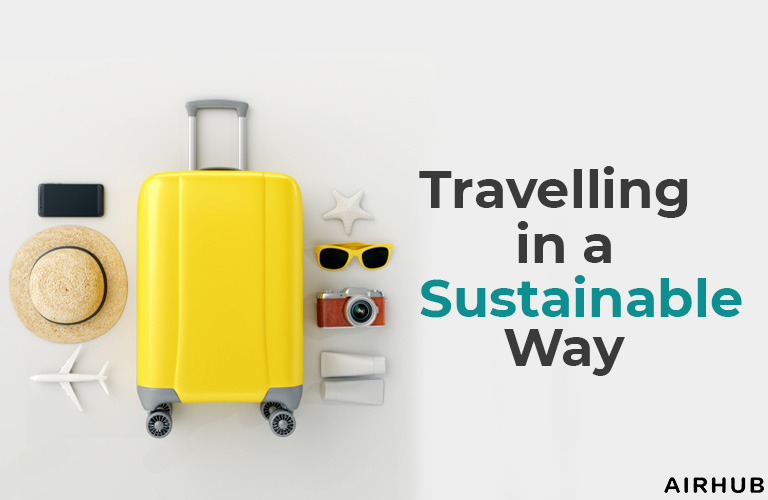
 Store
Store Cart 0
Cart 0
 Profile
ProfileCart

Your cart is empty
Looks like you haven't added any items to the cart yet.
- Blogs
- Tourist Guide to Travel in a Sustainable Way
Tourist Guide to Travel in a Sustainable Way

Written by
Airhubapp Team  5 Min Read
5 Min Read Jan 3, 2022





.jpg)
